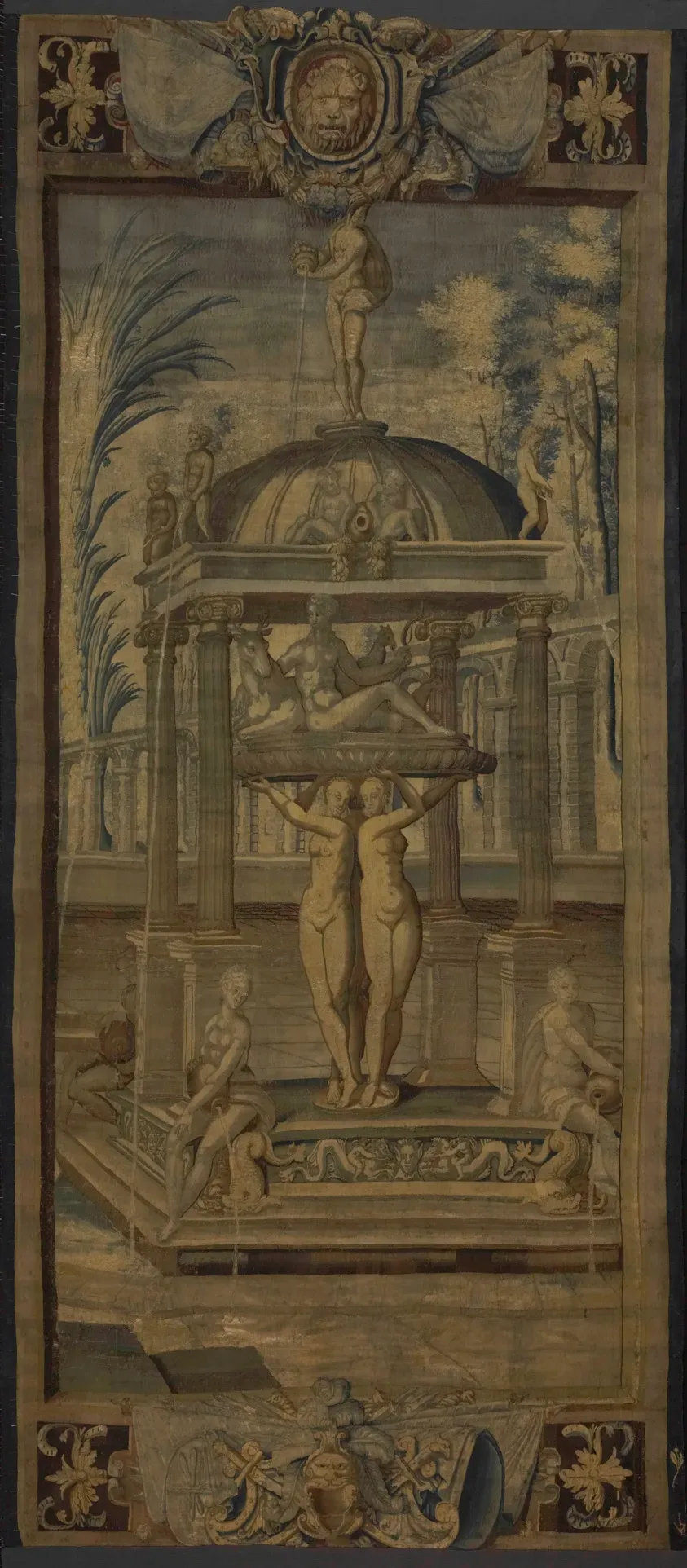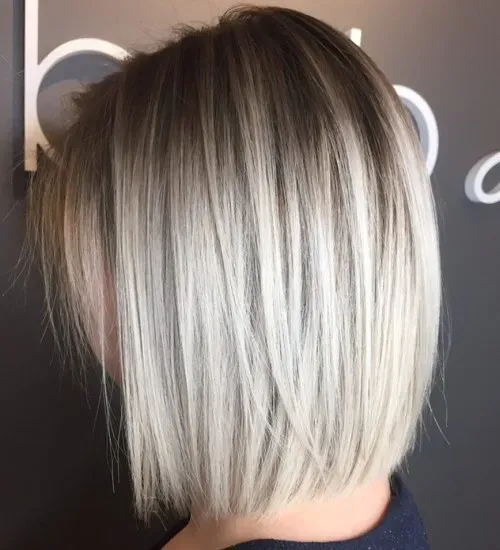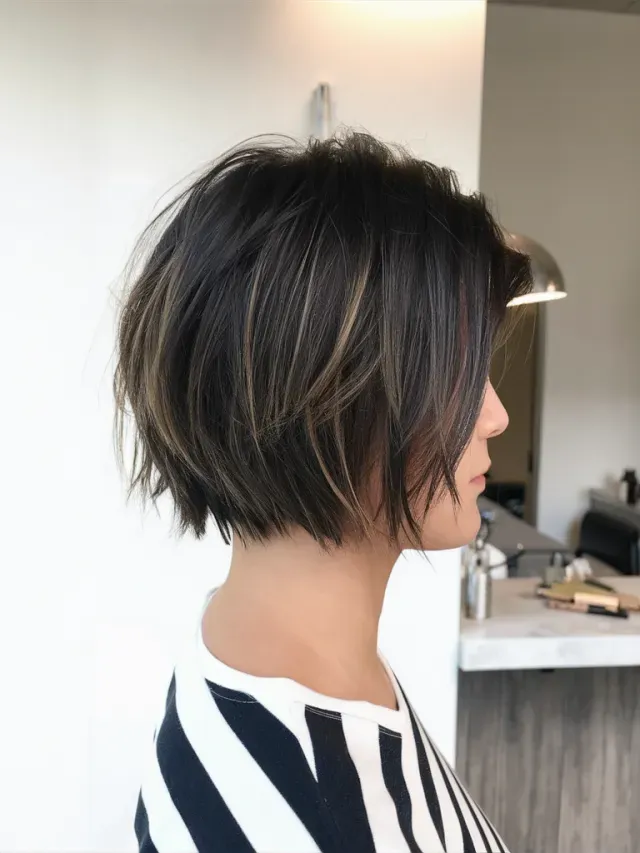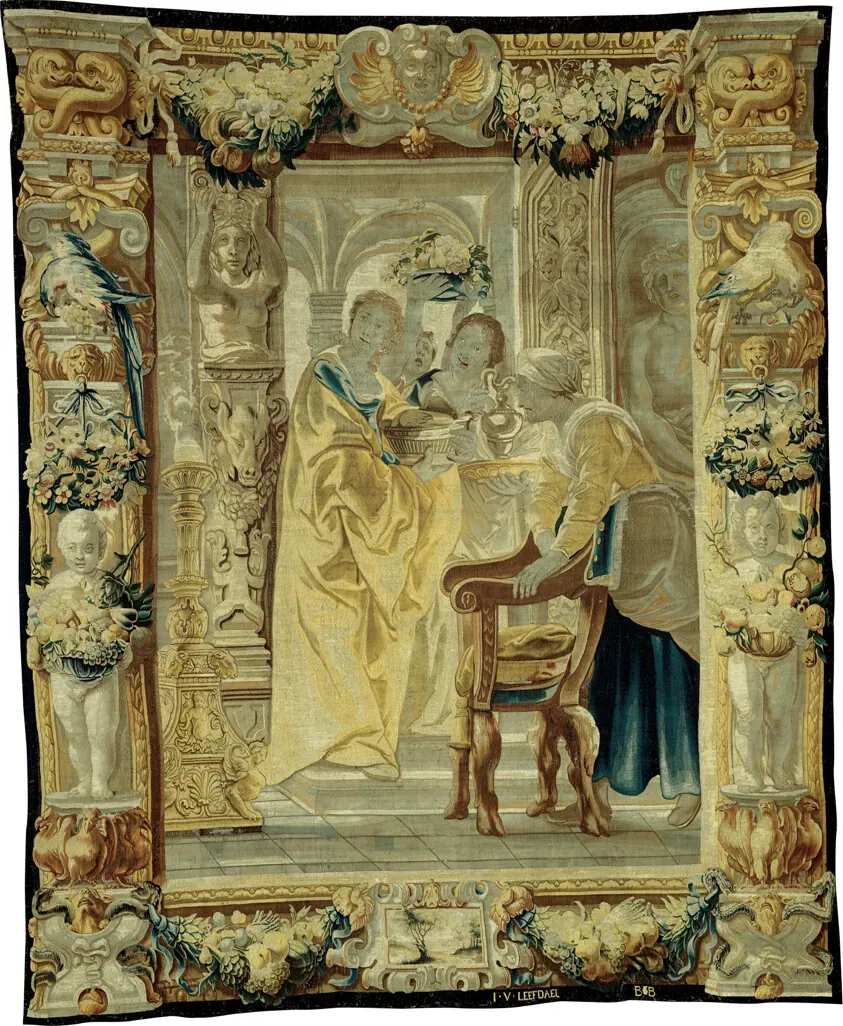Table of Contents
Let's be real, dealing with thin hair can feel like a constant battle. You try everything – volumizing sprays, backcombing until your scalp screams, maybe even contemplating extensions that feel heavy and fake. You crave that effortless bounce and the illusion of thicker strands, but often end up with a style that just lays flat and lifeless. It’s frustrating, and you’re probably tired of hearing generic advice that doesn't actually work.
Why the Razor Cut Bob is a Game Changer for Thin Hair

Why the Razor Cut Bob is a Game Changer for Thin Hair
The Magic is in the Angle and the Blade
Forget what you think you know about bobs and thin hair. A blunt cut can make fine strands look sparse at the ends, like a sad, thin curtain. That's where the razor comes in. Instead of chopping straight across, a skilled stylist uses a razor at an angle to slice into the ends of the hair. This creates varying lengths within the same section, leading to a softer, feathered edge.
This isn't just about looking "piece-y"; it's strategic. By removing minimal weight with this technique, you prevent the ends from looking too heavy and flat. The razor naturally encourages hair to sit slightly differently, creating separation and texture. It's like giving your hair microscopic layers that encourage lift and movement, which is exactly what thin hair desperately needs to appear fuller.
Building the Illusion of Fullness and Movement
The real win with a razor cut bob for thin hair is the optical illusion it creates. Because the ends aren't sitting as a solid block, the hair looks less uniform and therefore, thicker. Think of it like stacking thin pieces of paper versus fanning them out – fanning creates more perceived volume. The razor allows the hair to move more freely, adding bounce and life that blunt cuts often stifle.
It also makes styling significantly easier. Those soft, textured ends are primed for a little tousling or waving, styles that instantly add body. You don't need heavy products to create lift; the cut itself does a lot of the work. It’s less about forcing volume and more about enhancing the hair's natural (or not-so-natural) ability to move and look airy.
So, why consider a razor cut bob if your hair is on the finer side?
- It prevents the dreaded "thin ends" look.
- It adds texture and separation without heavy layering.
- It promotes natural movement and bounce.
- It makes styling for volume easier.
- It creates the *illusion* of thicker hair.
Finding Your Perfect Razor Cut Bob Style

Finding Your Perfect Razor Cut Bob Style
Considering Length and Face Shape
so you're sold on the idea of a razor cut bob for thin hair, but now comes the fun part: picking the *right* one for you. It's not a one-size-fits-all deal. The length is crucial. Too long, and the fine ends can still look wispy; too short, and you might lose versatility. A sweet spot often sits somewhere between the chin and the collarbone. This length allows for movement and body while keeping the ends looking fuller thanks to that razor technique. Your face shape plays a role here too. A jaw-length bob can highlight a strong jawline, while a slightly longer version might soften rounder faces. Don't just pick a picture off Instagram; think about how the lines of the cut will frame *your* face.
It’s about tailoring the standard bob shape. For thin hair, you generally want to avoid overly severe A-lines that can leave the back looking sparse. A more even length or a very subtle angle usually works best. The goal is to make the most of what you have, spreading the visual weight evenly or directing it where you want more focus. The razor cut ensures the ends don't look like they're just hanging there, but rather contributing to the overall shape and texture.
- Chin-length: Bold, highlights jawline, maximum lift potential.
- Collarbone-length (Lob): More versatile, softer look, still benefits from razor texture.
- Graduated (Stacked) Bob: Can add volume in the back, but needs careful execution on thin hair to avoid looking too thin on the sides.
- Asymmetrical Bob: Adds an edgy element, can create visual interest away from thinness on one side.
Playing with Layers and Bangs
Now, let's talk about adding extras. Layers in thin hair can be tricky. Too many, or cut incorrectly, and you end up with stringy pieces. However, subtle, strategically placed layers, often incorporated *with* the razor cutting technique, can enhance the movement and volume. Think of them as internal texturizers rather than distinct steps. They should blend seamlessly, encouraging the hair to lift off the scalp slightly and creating that coveted airy feel. A skilled stylist knows exactly where to place these to complement the razor cut bob for thin hair without thinning it out further.
Bangs are another element to consider. Wispy or side-swept bangs can work wonders, drawing attention to your eyes and adding softness around the face. They also break up the hairline, which can sometimes appear sparse with fine hair. Avoid thick, blunt bangs, as they require a lot of density to look good and can make the rest of your hair look even thinner by comparison. The beauty of a razor cut bob is its adaptability; you can often incorporate these elements without compromising the integrity of the cut's volume-boosting properties.
Consulting Your Stylist: The Expert's Eye
Finding the perfect razor cut bob for thin hair isn't something you should DIY or leave to chance with a stylist who isn't experienced with this technique on fine textures. This is where a thorough consultation is non-negotiable. Bring pictures of styles you like, but more importantly, be prepared to talk about your hair's specific texture, how it behaves, and your daily styling routine (or lack thereof). A good stylist will assess your hair density, growth patterns, and face shape and recommend the best length, shape, and whether subtle layering or bangs would benefit you. They will also confirm their experience with using a razor for cutting, as it requires a different skill set than scissors. Don't be afraid to ask questions about *why* they recommend a certain approach. This isn't just a haircut; it's a strategic decision to maximize your hair's potential.
Styling and Maximizing Volume with Your Razor Cut Bob

Styling and Maximizing Volume with Your Razor Cut Bob
you've got the cut, the gorgeous razor cut bob for thin hair that's already doing more for you than that limp style ever could. But a great cut is only half the battle, right? Now you need to know how to actually *style* this thing to make the most of its volume-boosting potential. It’s not complicated, but it requires a slightly different approach than styling thicker hair or a blunt cut. We're talking about techniques and products that enhance the texture the razor created and lift the hair off your scalp, making it look like you woke up with naturally full, bouncy hair (even if we both know the truth).
Product Power: What Actually Works
Forget heavy mousses or serums that promise shine but deliver grease. For a razor cut bob on thin hair, you need products that provide grip and texture without weighing things down. Think volumizing sprays applied at the root before drying, lightweight texturizers, or even a dry shampoo used proactively on clean hair for grit. A good root lift spray is your best friend here; aim it right at the scalp when the hair is damp. Don't rake products through the lengths unless it's a super-light mist; focus the lifting power where the hair starts.
Experimenting is key, but start with the basics. A quality heat protectant is non-negotiable, especially since we'll likely be using heat. Beyond that, a light hold hairspray or a texture spray can help lock in that volume and movement you create. My personal go-to after blow-drying? A few spritzes of a sea salt spray *only* on the mid-lengths and ends, scrunched gently. It enhances the piece-y texture from the razor cut without making the roots sticky.
What's in your volume arsenal?
- Root Lift Spray (Apply to damp roots)
- Lightweight Volumizing Mousse (Use sparingly)
- Texturizing Spray (For ends after drying)
- Dry Shampoo (For grit and absorbing oil)
- Heat Protectant (Always!)
Blow Drying for Maximum Lift
This is where the magic really happens. Air drying a razor cut bob for thin hair? Unless you have some unicorn hair texture, it's probably going to fall flat. You need to use a blow dryer, and you need to use it strategically. The first step is rough drying until your hair is about 80% dry. Use your fingers to lift the roots as you go. Don't worry about smoothness yet. The goal is just to get most of the moisture out while encouraging the hair to lift away from the scalp.
Once it's mostly dry, grab a medium-sized round brush or a vent brush. If you're using a round brush, focus on lifting sections up and directing the heat at the roots. Pull the brush down through the ends with a slight twist to enhance the texture. For the crown area, overdirect sections forward or to the opposite side you want them to lay – this creates tension at the root for maximum lift. Finish with a blast of cool air to set the style. It takes a little practice, but mastering this technique makes a world of difference.
Ever feel like your arms are about to fall off mid-blow dry? Yeah, me too. But sticking with it for those few extra minutes at the root is what separates flat hair from fabulous hair.
Texturizing Techniques for Effortless Volume
Beyond the blow dryer, there are simple techniques to enhance the volume and texture of your razor cut bob for thin hair. Once dry, you can use a flat iron or curling wand to add some loose waves. Don't create tight curls; think more like bends and kinks. Alternate the direction of the waves for a more natural, lived-in look. This adds width and dimension, making the hair appear fuller. Break up the waves with your fingers, perhaps adding a little texturizing spray or paste to the ends for definition.
Another trick is backcombing, but do it gently and only at the root, underneath the top layer of hair. Use a fine-tooth comb and make small, soft strokes downwards towards the scalp. This creates a cushion of volume. Smooth the top layer over it, and no one will know your secret. Just remember, less is more with backcombing on thin hair; you don't want to create knots or damage. A little bit of strategic teasing goes a long way in giving your razor cut bob that extra oomph.
Styling Tool | Best Use for Volume | Tip for Thin Hair |
|---|---|---|
Blow Dryer + Round Brush | Root lift and smooth ends | Overdirect sections at the crown |
Curling Wand/Flat Iron | Adding waves/bends | Alternate wave direction; break up with fingers |
Fine-Tooth Comb | Gentle root backcombing | Tease *underneath* top layer; use light hand |
Keeping Your Razor Cut Bob for Thin Hair Looking Sharp

Keeping Your Razor Cut Bob for Thin Hair Looking Sharp
Regular Trims Are Non-Negotiable
so you've got this fantastic razor cut bob for thin hair that makes your strands look fuller and bouncier than they have in years. Great. Now, don't mess it up by skipping your appointments. A razor cut, because it creates that delicate texture at the ends, requires regular maintenance to keep its shape and prevent those soft ends from becoming wispy or, worse, developing split ends that travel up the hair shaft. Think of it like getting the oil changed in your car; neglect it, and things start to go wrong.
You're looking at needing a trim roughly every 6-8 weeks. This isn't just about length; it's about preserving the integrity of the cut. Your stylist will clean up the shape, refresh the razor texture, and snip away any ends that are starting to look tired. Pushing it much longer, especially with fine hair that's prone to breakage, means you risk losing the very benefits the razor cut provides. Those textured ends are delicate; treat them with respect and get them trimmed regularly.
What happens if you skip trims?
- Ends get wispy and lose shape.
- Increased risk of split ends.
- The illusion of fullness diminishes.
- Styling becomes more difficult.
Smart At-Home Care for Lasting Style
Your stylist does their part in the salon, but keeping your razor cut bob for thin hair looking sharp at home is on you. This means being mindful of the products you use and how you handle your hair. Avoid heavy silicones or excessive oils that can weigh down fine strands and negate the lift the cut provides. Stick to lightweight, volumizing shampoos and conditioners. Condition primarily from the mid-lengths down, avoiding the roots.
Be gentle when towel drying; pat and squeeze instead of rubbing vigorously, which can cause tangles and breakage. Use a wide-tooth comb or a wet brush designed for detangling, starting from the ends and working your way up. When using heat tools, always apply a heat protectant spray. Consider sleeping on a silk or satin pillowcase to reduce friction and prevent frizz and breakage overnight. Treat your fine hair kindly, and your razor cut bob will thank you by holding its shape and volume longer.
Making the Cut: Your Razor Bob Reality
So there you have it. The razor cut bob for thin hair isn't some magic potion, but it is a genuinely effective technique when done right. It's about smart shaping and texture that gives the illusion of more hair, more movement, and frankly, more life. It requires a stylist who knows their way around a razor and a bit of effort on your end with styling. It won't suddenly triple your hair density, but it can absolutely transform how your thin hair looks and feels. If you're tired of flat, lifeless locks, this cut offers a concrete path to a style with actual personality and bounce. Worth considering, wouldn't you say?